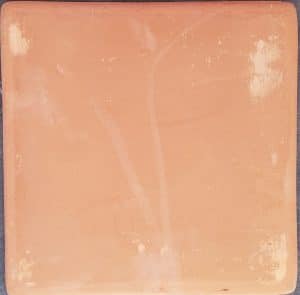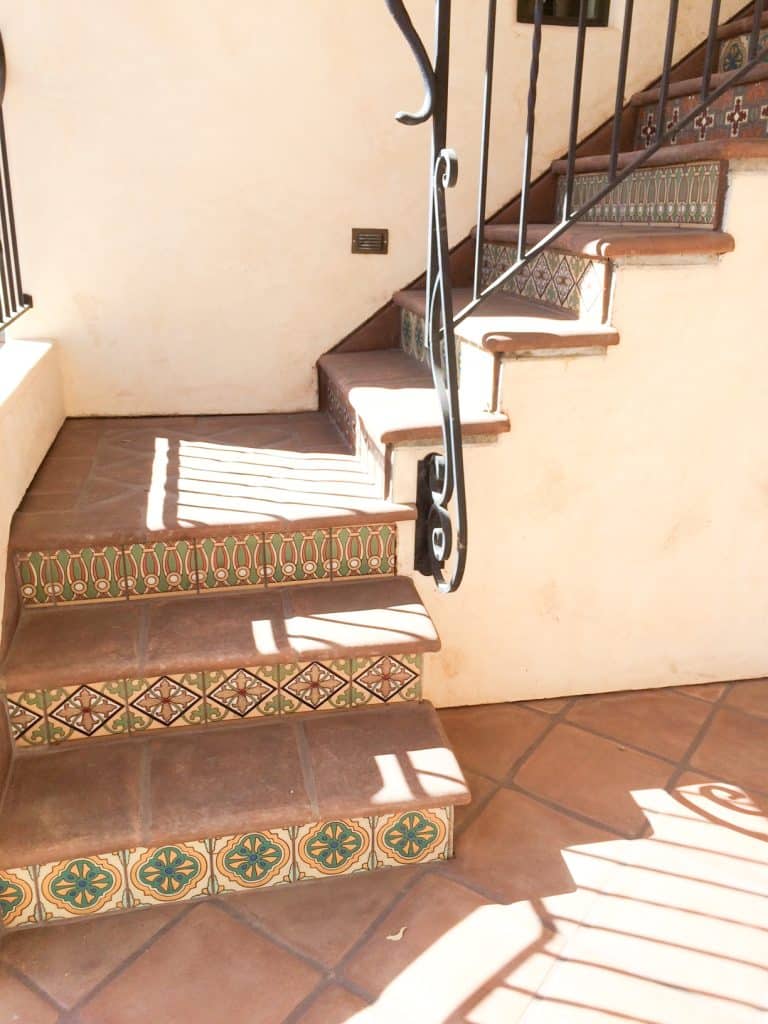What are the differences between glazed and ceramic tiles? Below are some characteristics you should consider to quickly understand the options available when choosing the perfect tiles for your space. When it comes to glazed versus unglazed tiles, one must understand the difference between these two types. Both types have unique characteristics, making them suitable for different applications and looks.
Let’s explore the key differences between glazed and unglazed ceramic tiles to help you make an informed decision.
What Are Ceramic Tiles?
Ceramic tiles are crafted from clay, minerals, and water. This mixture is then shaped into tiles and fired at high temperatures in a kiln, resulting in a hard and durable product. The distinction between glazed and unglazed ceramic is made in the second part of making tiles—in the final stages.

What is Glaze?
Glaze is a liquid used in ceramics that can be formulated into any color. We use glaze to waterproof, decorate, and give tiles a smooth, glass-like surface that can either be matt, satin, or glossy once they’re fired and sometimes a combination of matt and satin or matt and glossy.
1. The Glazing Process:
At Ceramic Concepts, glazed ceramic tiles undergo an additional process: a layer of glaze is applied to the tile’s surface before the second firing. This glaze can be matte, glossy, or semi-gloss and often includes solid colors or decorative patterns.
2. Appearance and Variety:
Our glazes express various colors, designs, and finishes, making our glazed tiles highly versatile aesthetically, and suitable for decorative or functional applications. Whether you want a sleek, modern look or a vibrant, artistic design, glazed tiles can achieve that look.
3. Durability and Maintenance:
After firing our glazed tiles the glassy surface makes them resistant to stains, water, and scratches. This quality makes them an excellent choice for areas prone to spills and moisture, such as pools, kitchens, and bathrooms – as well as areas where there is excessive heat or frost/freeze conditions. Additionally, glazed tiles are easy to clean, requiring a simple wipe with a damp cloth to maintain shine. In some cases, the type of glaze may be more porous – in which case a seal may need to be applied if used as a kitchen counter, for example, someplace where food or drink items may pour on it.
4. Applications:
Due to their resistance to moisture and stains, glazed tiles are commonly used on walls, countertops, pools, and floors in residential and commercial settings. However, their slippery surface might not be ideal for high-traffic floor areas unless they are textured.

Unglazed Ceramic Tiles
1. Natural Finish:
When we talk about ceramic tiles that are unglazed it would mean that they do not have an extra layer of glaze. Instead, they are fired once, and will have a more natural, earthy appearance. We will see that color of unglazed tiles can be consistent with color or texture or have variations throughout the tile, as it comes from natural clay or added minerals.
2. Texture and Grip:
On the other hand unglazed tiles have a rougher texture than their glazed counterparts. This natural texture provides better slip resistance, making them a safe choice for areas where traction is essential, such as outdoor pathways, patios, and high-traffic floors. However, we don’t advise using them frost or freeze conditions as we will find that they can crack easily after absorbing water.
3. Durability and Maintenance:
Unglazed tiles are incredibly durable and can withstand heavy foot traffic. However, their porous nature makes them more susceptible to staining or cracking in areas with a lot of water/frost. They require sealing to protect against moisture and stains; regular maintenance is essential to keep them looking their best.
4. Applications:
These tiles are ideal for outdoor areas, commercial spaces, and anywhere a rustic, natural look is desired. They are also used in areas where durability and slip resistance are paramount, such as entryways and industrial floors.
Making the Right Choice
When you are trying to decide between glazed and unglazed ceramic tiles, consider the following factors:
- Location: Glazed tiles are usually the better option for areas exposed to moisture and spills due to their stain resistance.
- Aesthetics: Glazed tiles offer more variety if you desire a wide range of colors and designs.
- Safety: Unglazed tiles provide better traction in areas where slip resistance is crucial, but they will require more maintenance.
- Maintenance: If low maintenance is a priority, glazed tiles are easier to clean. However, if you prefer a natural, earthy look and don’t mind the extra upkeep, unglazed tiles might be the way to go.
Once you understand the distinct characteristics of glazed and unglazed ceramic tiles, you can select the perfect option to meet your needs and enhance the beauty and functionality of your space.



